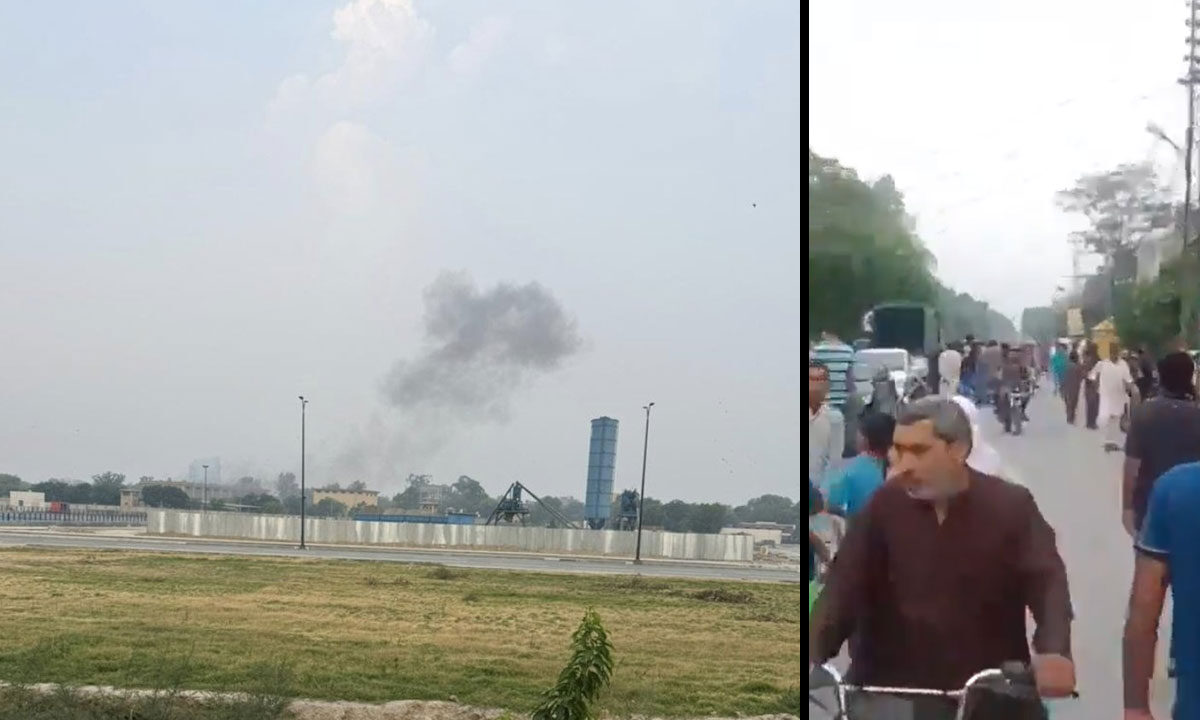India Exposes Pakistan’s Air Defence Weakness in Back-to-Back Strikes Amid Operation Sindoor
Sources confirm that HQ-9 air defence missile units, deployed by the Pakistan Army in cities like Sialkot and Lahore, suffered heavy damage, rendering them ineffective against the Indian air assault.

India carried out a strategic offensive against Pakistan’s terror infrastructure for two consecutive nights, breaching the neighbouring country’s air defence systems and revealing significant vulnerabilities. High-precision drone and missile strikes reached deep into major cities like Lahore and Rawalpindi, following Pakistan’s failed attempt to damage Indian radar using loitering munitions.
Table of Contents
Sources confirm that HQ-9 air defence missile units, deployed by the Pakistan Army in cities like Sialkot and Lahore, suffered heavy damage, rendering them ineffective against the Indian air assault.
Air Defence Systems Neutralized, Terror Camps Targeted
India’s missiles crossed the border without resistance, successfully targeting terror camps in Pakistan’s Punjab province. The attacks were part of the ongoing Operation Sindoor, a coordinated military response to the Pahalgam terror attack that killed 26 civilians in Jammu and Kashmir.
The HQ-9 system, developed by China and based on the Russian S-300 model, was among the air defence units hit in Lahore. These systems failed to detect or neutralize the Indian threat, signalling a significant breach in Pakistan’s national security preparedness.
Drone Strikes Reported in 10 Pakistani Cities
Apart from Lahore, drone activity was reported in Rawalpindi, Gujranwala, Chakwal, Bahawalpur, Mianwali, Karachi, Chor, Miano, and Attock. In Lahore, sirens blared and explosions were heard near Walton airport, causing panic among residents. Local reports stated that flight operations at Sialkot, Karachi, and Lahore airports were temporarily suspended.
Police told Samaa TV that the blasts may have resulted from a 5–6 foot drone, which was reportedly neutralized via jamming systems. No civilian casualties or damage to public infrastructure were confirmed.
Operation Sindoor: A Coordinated Strike on Terror Camps
On Wednesday, the Indian Army and Air Force jointly launched Operation Sindoor, targeting nine terror hubs operated by Jaish-e-Mohammed (JeM) and Lashkar-e-Taiba (LeT) across Pakistan and PoK. The IAF deployed Rafale jets with air-to-surface missiles, while the Army used surface-to-surface missiles in a 25-minute coordinated strike.
Sources report that 80–90 terrorists were eliminated in the precision attacks. The government emphasized that no military or civilian sites were hit and that the operation was carefully planned to avoid collateral damage.
Pakistan’s Reaction and Escalation at the Border
In his first reaction, Pakistani PM Shehbaz Sharif called the Indian strikes an “act of war,” although India presented visual evidence of only terror targets being destroyed. Pakistan, however, accused India of killing civilians, including women and children—claims not independently verified.
In retaliation, the Pakistani army resorted to artillery shelling across the Line of Control in the Poonch-Rajouri sector, tragically killing 15 Indian civilians.
Tensions Soar as India Asserts Control
With its swift and precise action, India has sent a strong message by not only avenging the Pahalgam attack but also proving the effectiveness of its military coordination and technological edge. Meanwhile, the global community watches closely as tensions escalate between the two nuclear-armed neighbours.
